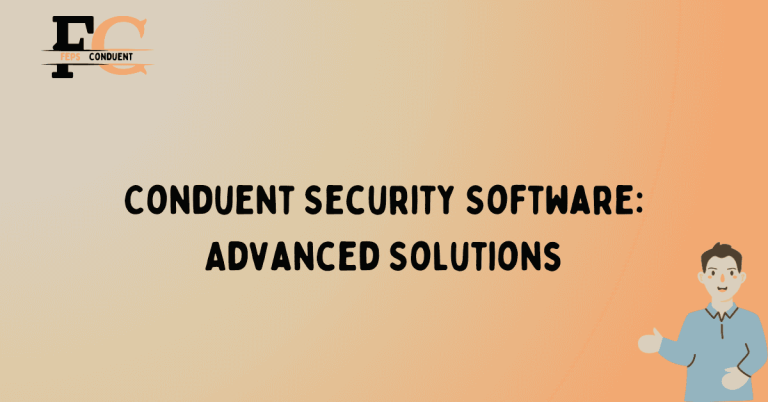Implementing FEPs for Effective Access Management

Access management is a critical aspect of any organization’s security strategy. A robust access management system ensures that only authorized individuals have access to sensitive information and resources. However, managing access can be a complex and challenging process, especially for large enterprises with numerous employees and multiple systems.
That’s where Federated Enterprise Policies (FEPs) come in. FEPs provide a centralized and standardized approach to access management, allowing organizations to streamline their processes and ensure consistent enforcement of access policies across the entire enterprise. By implementing FEPs, organizations can enhance security, improve efficiency, and reduce the risk of unauthorized access.
The Importance of Access Management
Access management is a critical aspect of any organization’s security strategy. It involves controlling and monitoring who has access to sensitive information and resources within the organization. Effective access management ensures that only authorized individuals can access certain areas or data, reducing the risk of unauthorized access and potential security breaches.
The Challenges of Access Management
Managing access can be a complex and challenging process, especially for large enterprises with numerous employees and multiple systems. Without a centralized approach, it becomes difficult to maintain consistency in access policies across the organization. This can lead to confusion, inefficiencies, and increased security risks. Additionally, manual access management processes can be time-consuming and prone to errors, further complicating the situation.
Federated Enterprise Policies (FEPs)
Federated Enterprise Policies (FEPs) offer a solution to the challenges of access management. FEPs provide a centralized and standardized approach to access control, enabling organizations to streamline their processes and ensure consistent enforcement of access policies across the entire enterprise.
The Benefits of Implementing FEPs
Implementing FEPs brings several benefits to organizations:
- Enhanced Security: FEPs help organizations strengthen their security posture by ensuring that only authorized individuals have access to sensitive information and resources. This reduces the risk of data breaches and unauthorized access.
- Improved Efficiency: With FEPs, organizations can automate access management processes, reducing the need for manual intervention and saving time. This leads to increased efficiency and productivity.
- Consistent Access Policies: FEPs enable organizations to establish and enforce consistent access policies across different systems and departments. This ensures that access permissions are applied uniformly, reducing confusion and potential security gaps.
- Reduced Risk: By implementing FEPs, organizations can minimize the risk of unauthorized access and potential security breaches. FEPs provide a standardized framework for access management, making it easier to identify and address vulnerabilities.
FAQs
What are FEPs and why are they important for effective access management?
FEPs, or Federated Enterprise Portals, are crucial for effective access management as they provide a centralized platform for users to securely access various applications and resources. By implementing FEPs, organizations can streamline access controls, improve user experience, and enhance security measures.
How do FEPs enhance security in access management?
FEPs enhance security in access management by implementing robust authentication and authorization mechanisms. They ensure that only authorized users can access sensitive information and resources, reducing the risk of unauthorized access and data breaches.
What are the key benefits of implementing FEPs for access management?
Implementing FEPs for access management offers several benefits, including improved user productivity, simplified administration, enhanced security measures, centralized access controls, and seamless integration with existing systems and applications.
How can FEPs help in managing user access across multiple applications?
FEPs provide a unified interface for users to access multiple applications, eliminating the need for separate login credentials and simplifying the overall access management process. This streamlines user experience and reduces the administrative burden of managing access across various systems.
What considerations should be taken into account when implementing FEPs for effective access management?
When implementing FEPs for effective access management, organizations should consider factors such as scalability, performance, compatibility with existing infrastructure, user training and adoption, security measures, and integration capabilities with other systems and applications.
Are there any challenges associated with implementing FEPs for access management?
While implementing FEPs for access management offers numerous benefits, there can be challenges such as initial setup and configuration, integration complexities, user resistance to change, and ensuring compatibility with legacy systems. However, with proper planning and implementation strategies, these challenges can be overcome.
Conclusion
Access management is a crucial component of an organization’s overall security strategy. By implementing Federated Enterprise Policies (FEPs), organizations can streamline their access management processes, enhance security, improve efficiency, and reduce the risk of unauthorized access. FEPs provide a centralized and standardized approach to access control, ensuring consistent enforcement of access policies across the entire enterprise.






